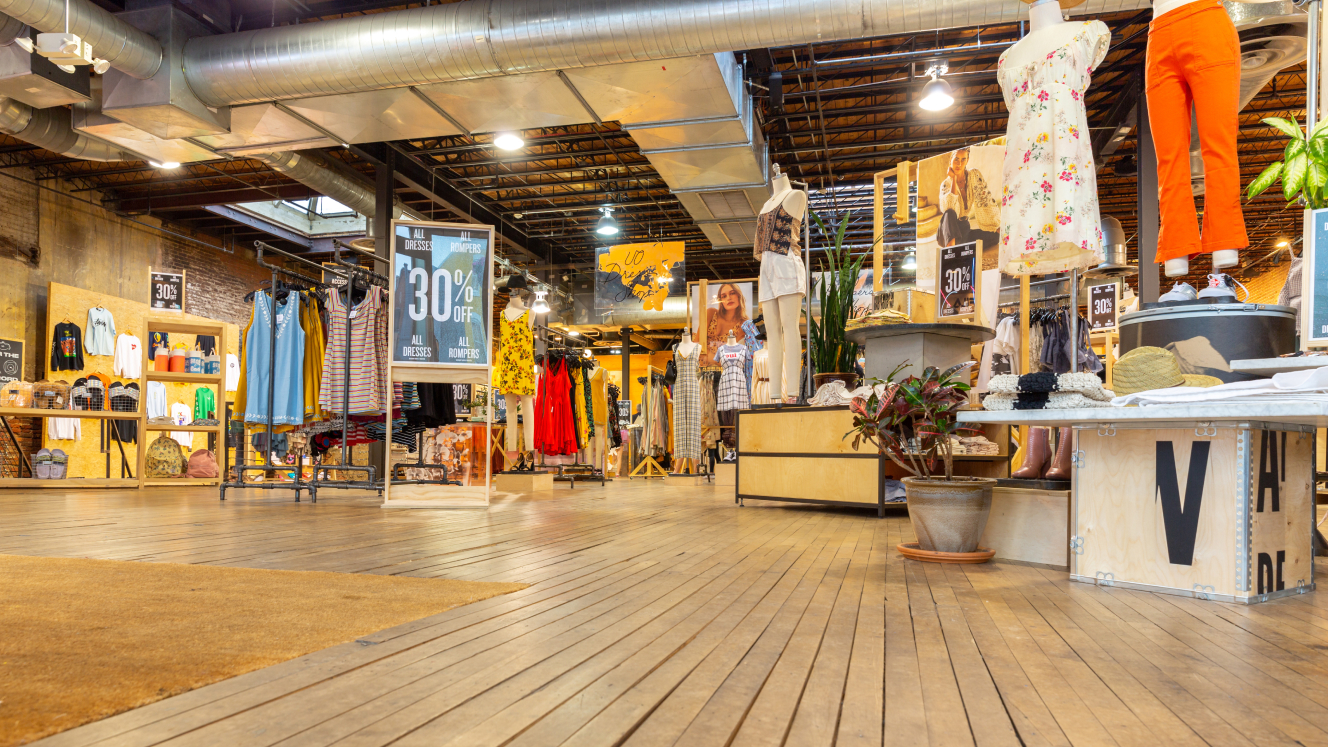The Shift to Actively Attracting Retail: How to Set Yourself Up for Success

The Shift to Actively Attracting Retail: How to Set Yourself Up for Success
By Colleen Walton, CEO and Marketing Strategist, Brand Acceleration, Inc.
As long as economic development has existed, it has primarily been centered on attracting “industry” (think manufacturing, warehousing, and corporate offices). The guiding principle was simple: bring industry to the community and retail will follow organically. However, that’s no longer the case. Today, economic developers need to market their communities to retailers in much the same way they’ve courted industries for years.
Retailers, just like manufacturers, have specific criteria they consider before opening new locations. Many economic developers struggle with this shift because the needs of retail are different from those of industry. But adapting to this change is critical. Retail not only brings in tax revenue but also enhances the quality of life, which in turn helps attract and retain residents and industries alike.
In this article, we'll discuss three key focus areas for communities looking to attract retailers and how to position your community for success.
1. Know Your Community’s Stats
Why It's Important: Before a retailer chooses to open in a community, they do their homework. They want to know who your consumers are, what they want, and whether your community fits their criteria. The first step in attracting retailers is understanding these factors yourself. Detailed data provides the backbone for a compelling case when pitching to retailers.
What You Need to Know:
- Number of Households: Retailers need to know how many potential customers are in your community.
- Daytime Population: Many communities see an increase in population during the workday. Understanding this can help attract businesses like quick-service restaurants or convenience stores that cater to workers.
- Median Income: Retailers will want to evaluate whether your residents have the purchasing power for their products.
- Retail Leakage: Analyze how many residents are leaving your community to shop and which stores they’re going to. Are they leaving for big-box stores, specialty retailers, or general merchandise?
- Traffic Counts: The more foot or car traffic near potential retail sites, the better. Retailers want to know if their location will get enough visibility.
By having this data on hand, you can make a strong case for why your community is a good fit for specific retailers.
2. Identify Realistic Target Retailers
Why It's Important: Not all retailers are the right fit for every community. Some communities may dream of landing high-end stores, but it's crucial to focus on realistic and attainable targets. Concentrating on the right businesses allows you to use your resources wisely and show other retailers why you're not pursuing them. According to Caroline Harrelson, Strategy Director at The Retail Coach, “Markets with the highest quality of life typically have a mix of national, regional, and local brands.”
What You Need to Know:
- What are people leaving your community to buy? Understanding what types of products or stores residents are leaving the area for can help you identify the retail gaps in your community. Filling these gaps will not only keep dollars local but also increase consumer satisfaction.
- What gaps can you fill? You may not be able to attract multiple single-product stores like Best Buy or Williams Sonoma, but you can target general merchandise retailers like TJ Maxx or Marshalls. These stores offer a broad range of products, satisfying a wider range of needs.
- How are you planning for the future? Retailers want to know about the future. Are you planning for growth around retail sites? Do you have the necessary infrastructure like water, sewer, and electricity in place? Additionally, knowing who owns potential retail sites is key to facilitating development.
By focusing on retailers that are realistically attainable and aligning your community’s resources, you can make progress that’s both impactful and sustainable.
3. Just Start
Why It's Important: One of the biggest barriers to success in attracting retail is uncertainty about where to begin. As Kyle Colfer, Project Director at The Retail Coach, put it, "When people don’t know where to start, they often don’t start at all." The key is to take action, even if it’s small, and build momentum.
What You Need to Do:
- Designate a Contact Person: Ensure your community has a dedicated contact person for retail inquiries and make their information easily accessible on your website. Retailers need to know whom to contact and trust that this person can guide them through the process. Provide this person with the data that retailers will request or the resources to obtain that information.
- Gather Information and Build Connections: Attend regional and national retail trade shows to get a sense of the landscape and learn who the key players are. This will also provide an opportunity to introduce your community and start building relationships with retailers.
- Ask for Feedback: Reach out to retailers and ask, “If we wanted you to come to our community, what would we need to do?” This feedback can guide your strategy and help you prioritize improvements or changes.
Conclusion
Retail attraction is no longer something that solely happens naturally as part of industrial growth. It requires a deliberate, proactive approach. Communities that adapt and begin to market themselves to retailers, just as they’ve done for industries, will be better positioned for long-term growth and success. By focusing on data, targeting realistic retailers, and taking action—even if it’s small—you can start attracting the retail businesses that will enhance your community’s quality of life (and tax base).
Additional Resources
Retail Dive: Retail News and Trends: https://www.retaildive.com/
International Council of Shopping Centers (ICSC): https://www.icsc.com/news-and-views/icsc-exchange
Full-Service Restaurant Magazine: https://www.fsrmagazine.com/
Quick-Service Restaurant Magazine: https://www.qsrmagazine.com/
